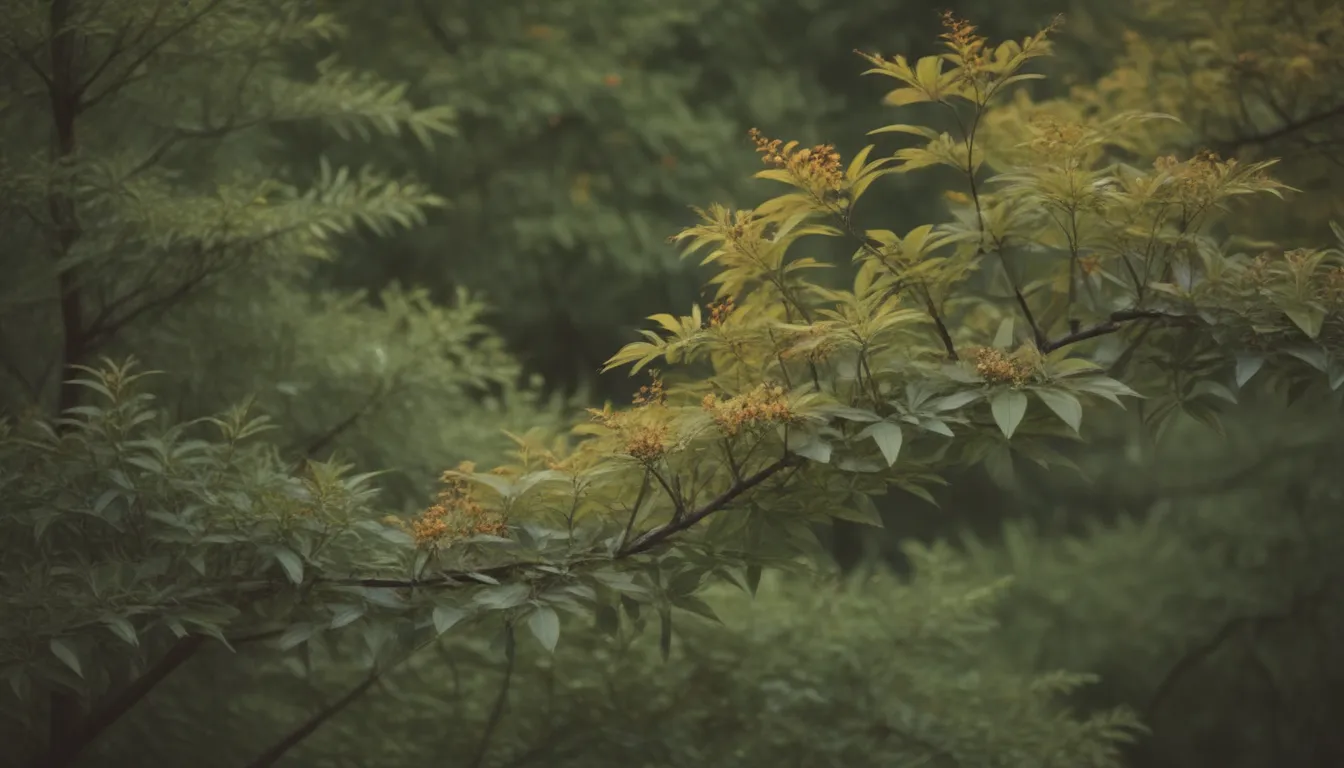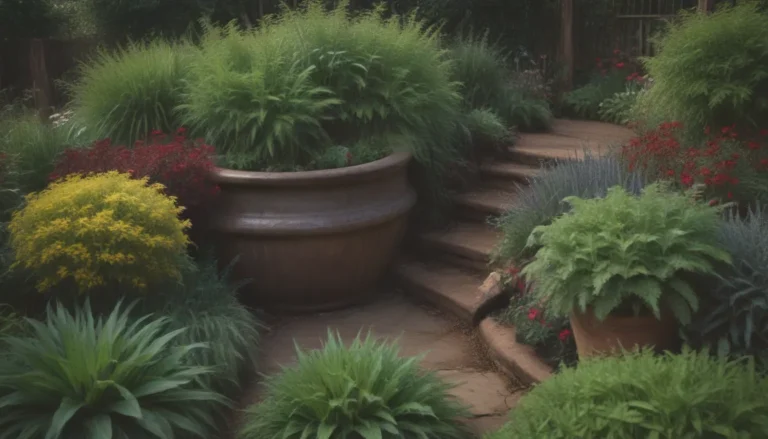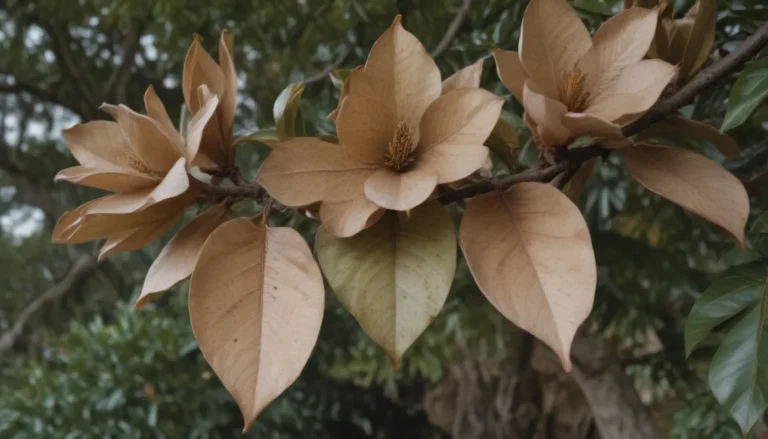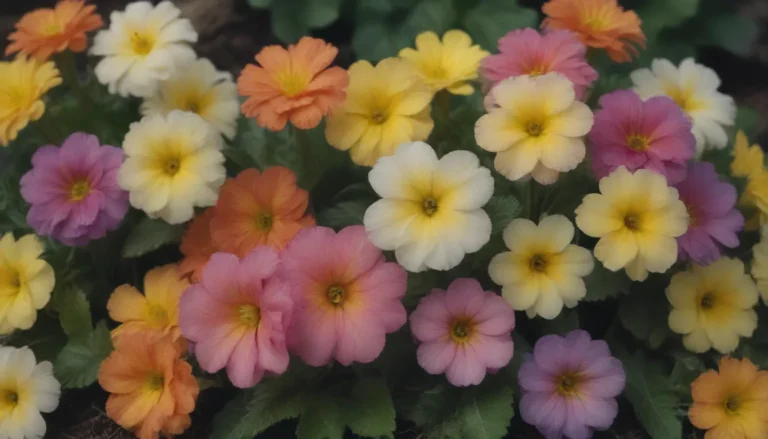Spicebush 101: A Comprehensive Guide to Growing and Caring for Your Native Shrub

Spicebush is a delightful native shrub that can add beauty and interest to any garden. With its fast growth rate and unique characteristics, spicebush is a fantastic addition to your landscape. In this article, we will delve into everything you need to know about growing and caring for spicebush, from its basic characteristics to tips on propagation and common issues you may encounter. So grab your gardening gloves and let’s get started!
Getting to Know Spicebush
Spicebush (Lindera benzoin) is a native shrub that can grow to be about 6 to 12 feet tall, adding approximately one to two feet in height each year. It is a low-maintenance plant that can thrive as a perennial in various regions across the continental U.S., especially in the eastern part of the country where it is native.
Also known as northern spicebush and Benjaminbush, this aromatic shrub offers interest throughout the year. From its yellow spring flowers to its red fall berries, spicebush is a showstopper in any garden. Its bright green leaves emit a spicy fragrance when crushed, and its berries have a mild allspice flavor that can be enjoyed cooked or raw.
Spicebush Care 101
Caring for spicebush is relatively straightforward, but it is essential to provide the right conditions for optimal growth. Here are some key care tips to keep your spicebush happy and healthy:
Light
- Full Sun: Spicebush thrives in full sun to partial shade conditions.
- Avoid Full Shade: While it can tolerate full shade, it may lead to leggy growth.
Soil
- Well-Draining: Spicebush prefers moist, well-draining soil.
- Adaptable: It can tolerate both alkaline and acidic soils.
Water
- Establishment: Water regularly during the first growing season to help establish a strong root system.
- Adaptable: Once established, spicebush can tolerate a wide range of moisture conditions.
Temperature and Humidity
- Hardy: Spicebush is hardy in USDA zones 4-9 and can tolerate various conditions.
- Adaptable: It grows well in wet conditions and thrives in humid environments.
Fertilizer
- Twice a Year: Fertilize spicebush in early spring and midsummer with a formula specifically designed for deciduous shrubs.
Types of Spicebush Cultivars
While there are several cultivars of spicebush available, they may not be widely accessible for purchase. Some known cultivars include:
– Lindera benzoin ‘Rubra’
– Lindera benzoin ‘Xandthocarpa’
– Lindera benzoin ‘Green Gold’
Pruning Tips for Spicebush
Pruning spicebush is typically done for aesthetic purposes and to maintain its shape. Here’s what you need to know about pruning:
– Timing: Prune after the shrub has finished flowering in the spring.
– Light Pruning: Spicebush does not require heavy pruning.
Growing and Propagating Your Spicebush
While spicebush can be grown from seed with relative ease, propagation through softwood cuttings can be more challenging. Here’s how you can propagate spicebush:
From Seed
- Fresh Seeds: Harvest seeds from ripe berries in late summer or fall.
- Germination: Sow seeds immediately for germination in the following spring.
Common Pests and Plant Diseases
Spicebush is generally resistant to pests and diseases. However, the invasive redbay ambrosia beetle has made it susceptible to laurel wilt disease. If your spicebush shows signs of infection, it’s crucial to act promptly to prevent the spread to other plants.
Common Problems with Spicebush
- Leaf Wilt and Discolored Bark: Watch out for symptoms of laurel wilt disease, which can cause sudden wilting and blackening of the plant.
- Slow Growth: Provide adequate sunlight and moisture to ensure healthy growth.
- Leaf Drop: While leaf drop is normal in the fall, unseasonal drop could indicate underlying issues like laurel wilt.
In Conclusion
Spicebush is a beautiful and versatile shrub that can bring year-round interest to your garden. With proper care and attention, you can enjoy the unique characteristics of this native plant while supporting local wildlife such as swallowtail butterflies. Whether you’re a seasoned gardener or a beginner, growing and caring for spicebush can be a rewarding experience. So why not add this delightful shrub to your landscape and enjoy its beauty for years to come?
Remember, spicebush is not only a stunning addition to your garden but also a vital part of the ecosystem. By cultivating and nurturing this native shrub, you are contributing to the biodiversity of your local environment. So go ahead, plant a spicebush, and watch it flourish in your outdoor space!
As you embark on your spicebush journey, keep these tips and guidelines in mind to ensure the success of your plant. With a little care and attention, your spicebush will thrive and become a beloved feature in your garden. Happy planting!





